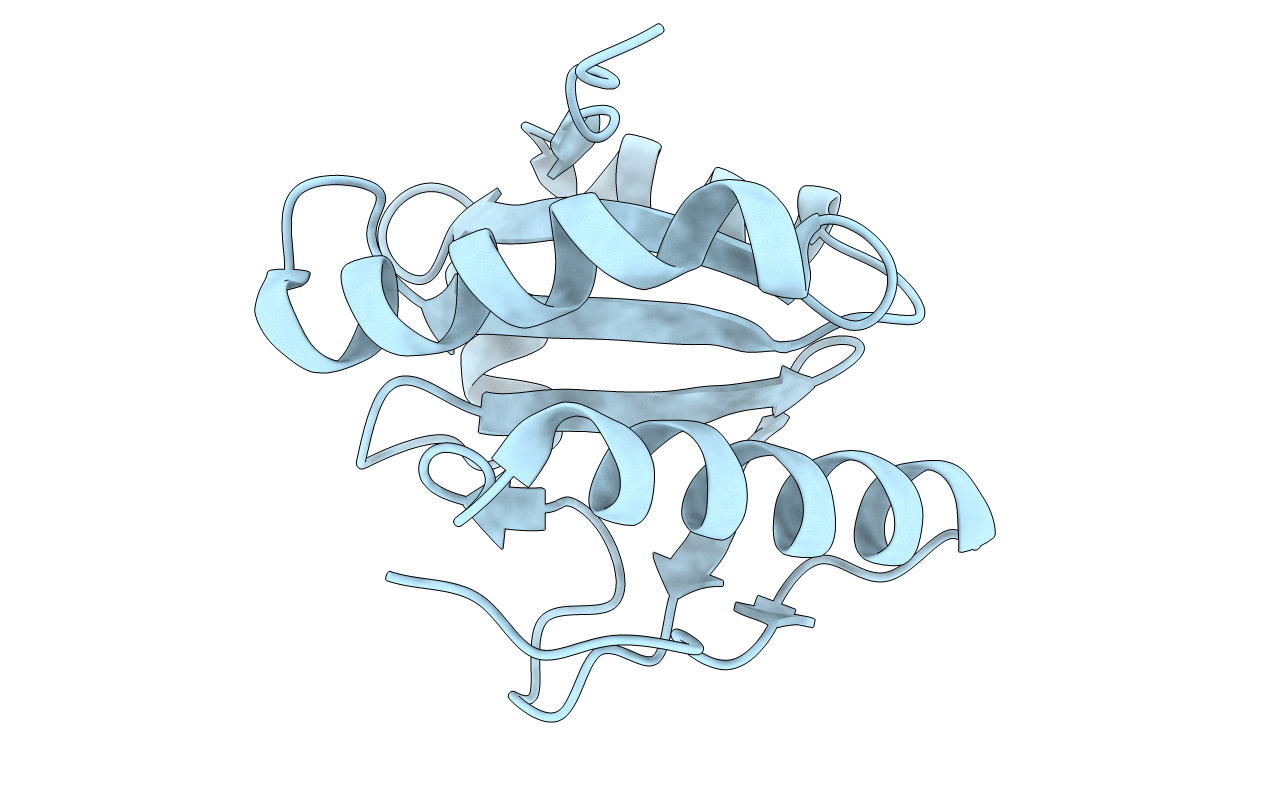
Deposition Date
2004-08-31
Release Date
2005-08-30
Last Version Date
2024-02-14
Entry Detail
PDB ID:
1XBS
Keywords:
Title:
Crystal structure of human dim2: a dim1-like protein
Biological Source:
Source Organism:
Homo sapiens (Taxon ID: 9606)
Host Organism:
Method Details:
Experimental Method:
Resolution:
2.50 Å
R-Value Free:
0.30
R-Value Work:
0.24
R-Value Observed:
0.41
Space Group:
P 41 21 2


